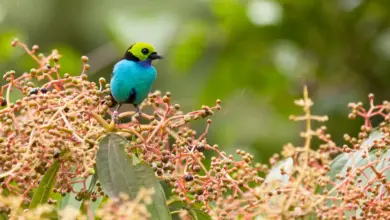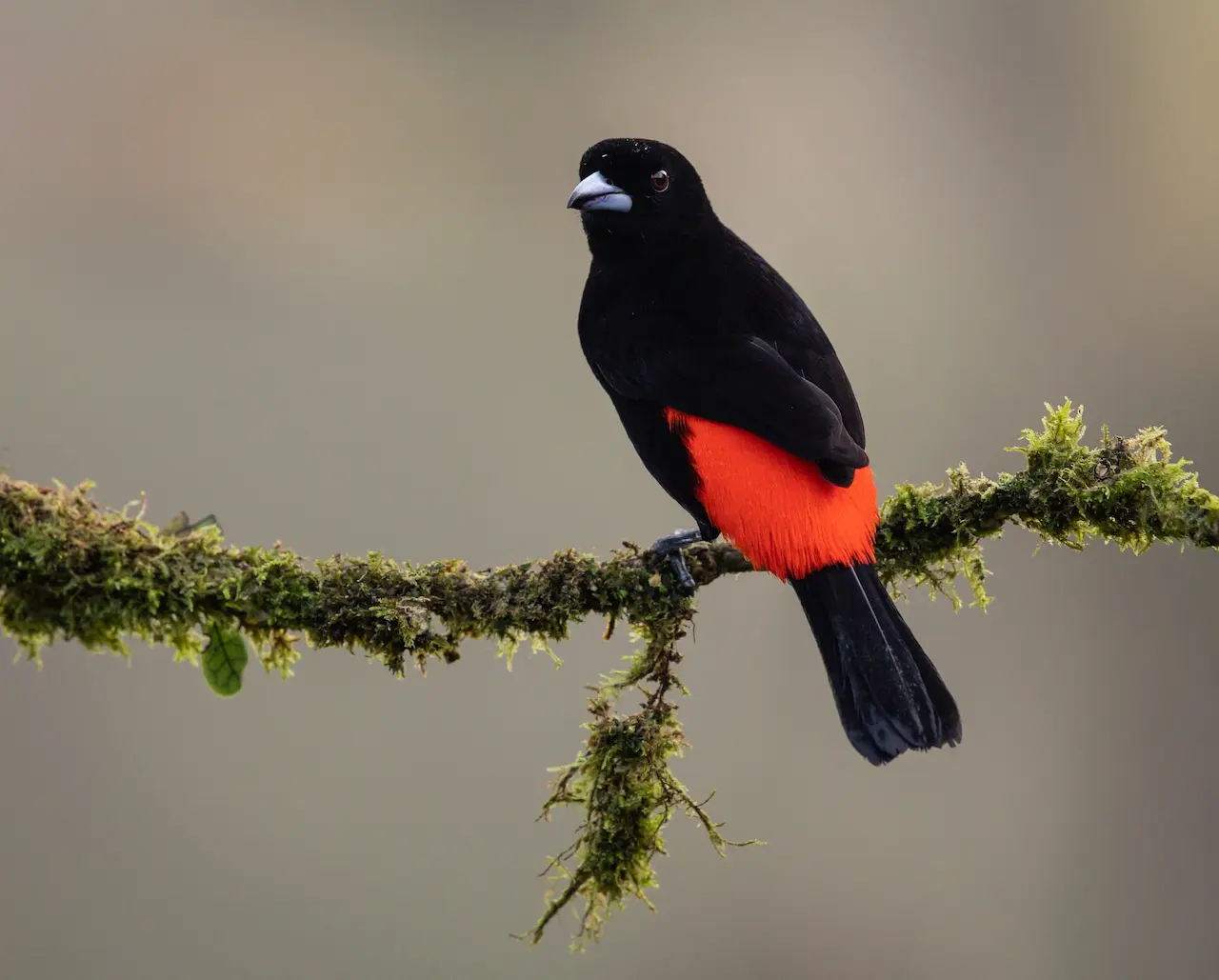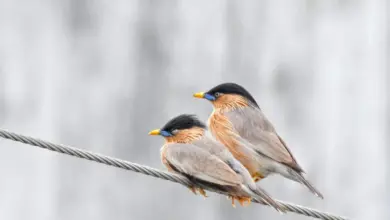Brown Inca Hummingbirds
The Brown Inca Hummingbirds (Coeligena wilsoni) – also known as King’s Musketeer or Wilson’s Inca – is a hummingbird that is found on the Pacific slope of Andes of western and southwestern Colombia to western Ecuador.
They are common at elevations from 3,300 4,300 ft (1,000 – 1,300 meters). Uncommon at higher or lower altitudes; although can occur as low as 2,300 ft (700 m) and up to 6,200 ft (1,900 m).
They inhabit wet montane forests (known as “cloud forests”) or are found along the thick forest borders.
Hummingbird Resources
- Hummingbird Information
- Hummingbird Amazing Facts
- Attracting Hummingbirds to Your Garden
- Hummingbird Species
- Feeding Hummingbirds
Alternate (Global) Names
Spanish: Colibrí Morado Verde, Inca Pardo … French: Inca brun … Italian: Colibrì inca di Wilson, Inca bruno … German: Brauner Andenkolibri, Königsmusketier, Königs-Musketier … Czech: Inka hnedý, inka hn?dý … Danish: Brun Inka … Finnish: Ruskoinkakolibri … Japanese: chairoinkahachidori … Dutch: Bruine Incakolibrie, Bruine Inkakolibrie … Norwegian: Bruninka … Polish: elfik szarawy … Russian: ??????????? ???????-???? … Slovak: ink hnedý … Swedish: Brun inka
Description
The Brown Inca measures about 4.3″ or 10.9 cm in length, including bill and tail. The straight and slender bill is about 1.3″ or 33 mm long.
The upper plumage is reddish-bronze turning more olive on the lower back. The plumage below is mostly a dull brown with an amethyst patch on the center throat and white patch on each side of the chest. The bronze tail is slightly forked.
The Adult Female looks like male, except has a smaller throat patch.
Similar species: Resemble the Bronzy Inca and Brown Violetear.
Nesting / Breeding
Hummingbirds are solitary in all aspects of life other than breeding; and the male’s only involvement in the reproductive process is the actual mating with the female. They neither live nor migrate in flocks; and there is no pair bond for this species. Males court females by flying in a u-shaped pattern in front of them. He will separate from the female immediately after copulation. One male may mate with several females. In all likelihood, the female will also mate with several males. The males do not participate in choosing the nest location, building the nest or raising the chicks.
The female is responsible for building the cup-shaped nest out of plant fibers woven together and green moss on the outside for camouflage in a protected location in a shrub, bush or tree. She lines the nest with soft plant fibers, animal hair and feather down, and strengthens the structure with spider webbing and other sticky material, giving it an elastic quality to allow it to stretch to double its size as the chicks grow and need more room. The nest is typically found on a low, skinny horizontal branch.
The average clutch consists of two white eggs, which she incubates alone, while the male defends his territory and the flowers he feeds on. The young are born blind, immobile and without any down.
The female alone protects and feeds the chicks with regurgitated food (mostly partially-digested insects since nectar is an insufficient source of protein for the growing chicks). The female pushes the food down the chicks’ throats with her long bill directly into their stomachs.
As is the case with other hummingbird species, the chicks are brooded only the first week or two, and left alone even on cooler nights after about 12 days – probably due to the small nest size. The chicks leave the nest when they are about 20 days old.
Diet / Feeding
The Brown Inca Hummingbirds primarily feed on nectar taken from a variety of brightly colored, scented small flowers of trees, herbs, shrubs and epiphytes. They favor flowers with the highest sugar content (often red-colored and tubular-shaped) and seek out, and aggressively protect, those areas containing flowers with high energy nectar.They use their long, extendible, straw-like tongues to retrieve the nectar while hovering with their tails cocked upward as they are licking at the nectar up to 13 times per second. Sometimes they may be seen hanging on the flower while feeding.



